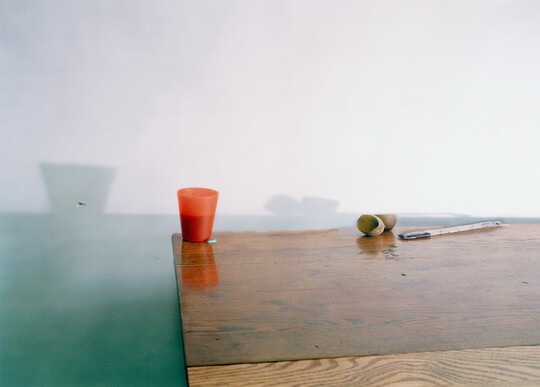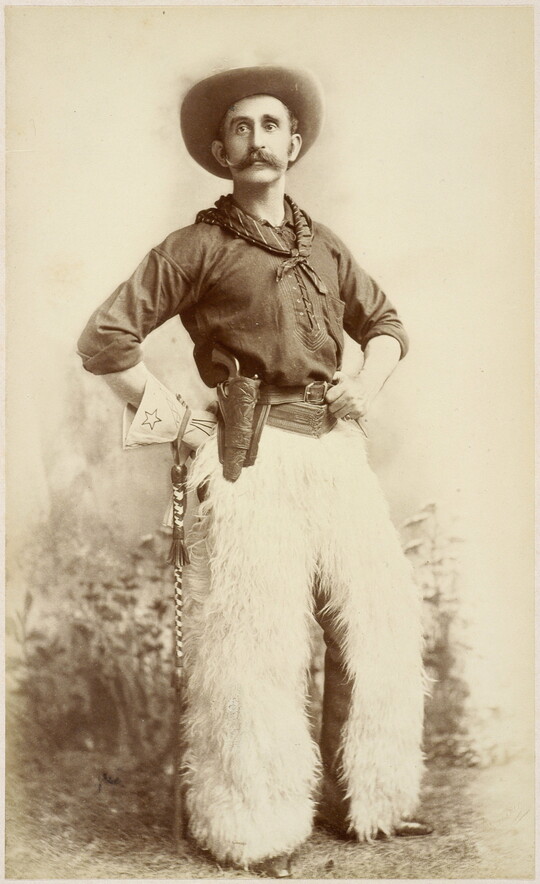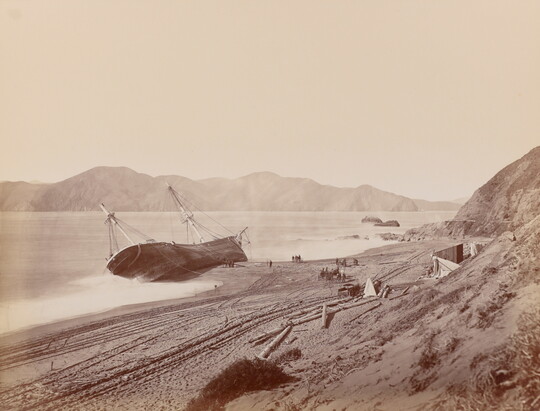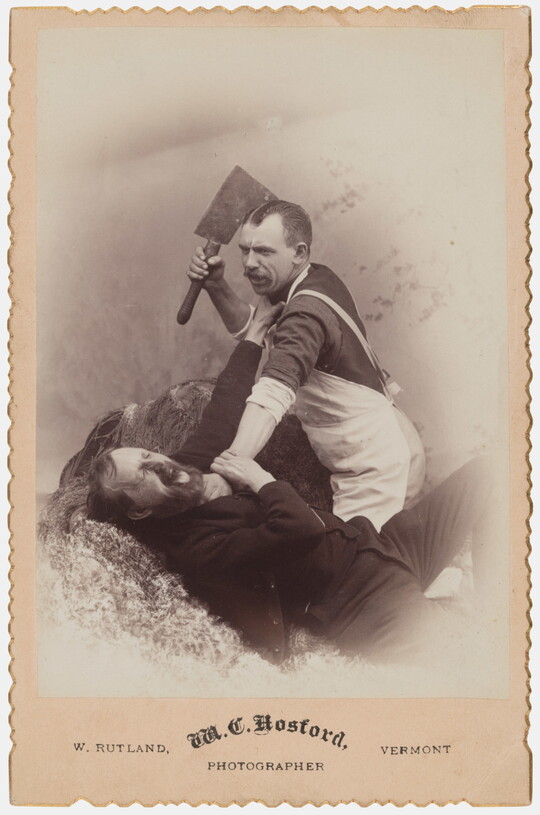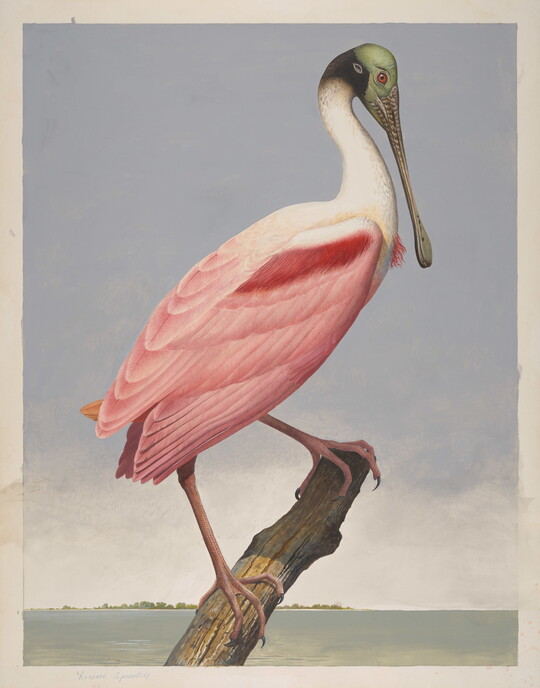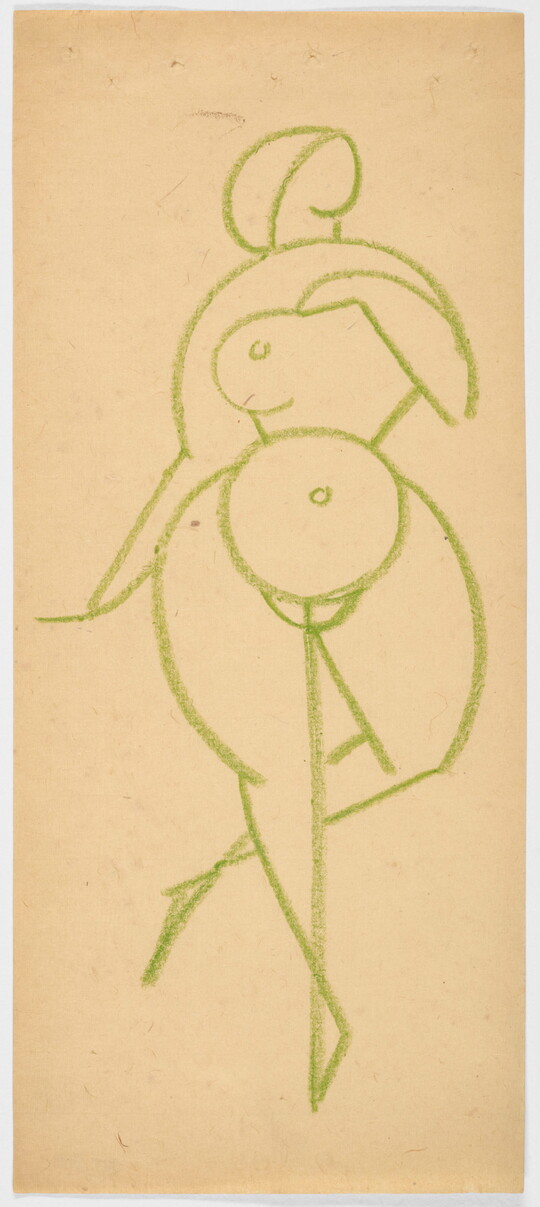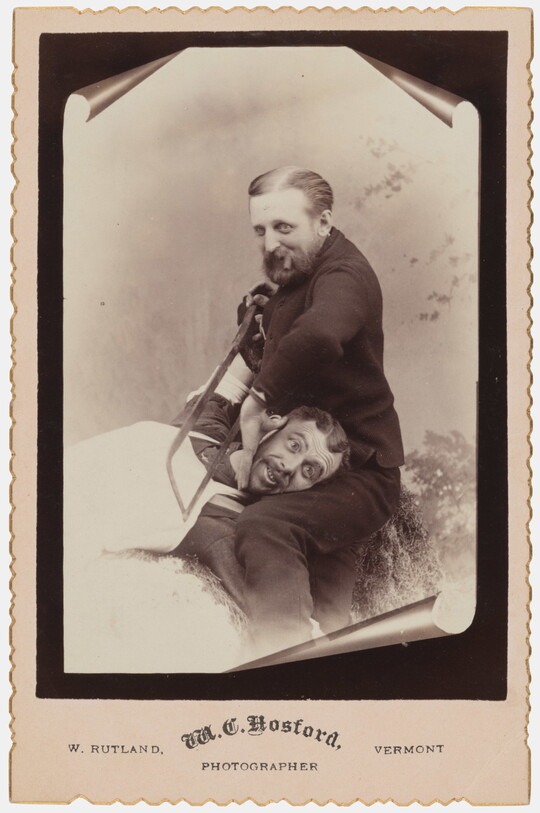


Artwork Images
Photo:
Controls
Left Scapula, Showing a Gunshot Fracture nearly Parallel with the Spine of the Scapula, with Two Fragments of a Conoidal Musket Ball
Object Details
-
Date
1865
-
Object Type
Photographs
-
Medium
Albumen silver print
-
Dimensions
Image: 7 3/4 x 6 7/16 in.
Sheet: 9 13/16 x 7 1/2 in.
Mount: 13 15/16 x 10 7/8 in. -
Inscriptions
Recto:
l.r. [Inscribed in negative]: 86
Mount Verso:
c. [paper label] : Surgeon General's Office. \ ARMY MEDICAL MUSEUM. \ Specimen No. 809-Photographic Series, No. 86. Left \ Scapula, showing a Gunshot Fracture nearly parallel with the \ Spine of the Scapula, with two Fragments of a Conoidal Musket \ Ball. \ Private William Fuller, Co. F, 18th Massachusetts Vols., aged 30 \ years, was wounded at the second battle of Bull Run, August 30th, 1862, \ by a conoidal musket ball, which entered to the left of the spinal column, \ and passing outwards, traversed the body of the scapula and the muscles \ of the upper part of the arm. \ The patient was conveyed to Union Chapel Hospital at Alexandria, \ On the 3d, and again on the 5th of September, misshapen pieces of ball \ and a few fragments of bone were extracted through an incision on the outer edge of the scapula. \ On September 19th, symptoms of purulent infection were manifested. \ An active treatment of stimulants, quinia, iron, and ammonia, was \ instituted, but unavailingly, and on September 25th, 1862, the case \ terminated fatally. \ At the autopsy, a large collection of extravasated blood was found \ beneath the scapula and between the muscles of the shoulder. There was \ extensive serous effusion in the left pleural cavity, and numerous \ metatastatic foci in both lungs. \ The scapula is numbered: Specimen 188, in the Museum Collection. \ Full notes of the case were forwarded by Acting Assistant Surgeon W.H. Butler, U.S.A. \ Photographed at the Army Medical Museum, BY ORDER OF THE SURGEON GENERAL: \ GEORGE A. OTIS, \ Bv't Lt. Col. and Surg. U.S.V., Curator A.M.M.
l.c. [stamp] : Surgeon General's Office. \ ARMY MEDICAL MUSEUM \ PHOTOGRAPHIC SERIES.
-
Credit Line
Amon Carter Museum of American Art, Fort Worth, Texas, Gift of Paul Katz, North Bennington, Vermont, and George Rinhart, Colebrook, Connecticut
-
Accession Number
P1985.10
-
Copyright
Public domain
Object Description
In 1862, as the Civil War raged, the Army Medical Museum was established to collect “specimens of morbid anatomy together with projectiles and foreign bodies removed” for research to improve military medicine and surgery. During and after the war, the museum solicited contributions from doctors and documented the grisly and lasting effects of battle on human bodies.
Bell, a veteran of both the U.S.-Mexican War and the Civil War, was the museum’s chief photographer from 1865 to 1867. He made hundreds of images, many of which ended up in the monumental publication The Medical and Surgical History of the War of the Rebellion (1870–88). This photograph documents the case of 30-year-old Private William Fuller of the 18th Massachusetts Volunteers, who was wounded at the Second Battle of Bull Run. He underwent two operations to remove pieces of musket ball and bone, but he died from infection soon after.
—Text taken from the Carter Handbook (2023)
Additional details
Location: Off view
See more by William Bell
Tags
Amon Carter Disclaimer
This information is published from the Carter's collection database. Updates and additions based on research and imaging activities are ongoing. The images, titles, and inscriptions are products of their time and are presented here as documentation, not as a reflection of the Carter’s values. If you have corrections or additional information about this object please email us to help us improve our records.
Every effort has been made to accurately determine the rights status of works and their images. Please email us if you have further information on the rights status of a work contrary or in addition to the information in our records.
Related Works
-
Untitled #52, 2002
Laura Letinsky
Dye coupler print
P2007.3
-
Wyoming Cow-boy, ca. 1877-1895
Albumen silver print
P1979.36.3
-
Street in Panama., 1871
John Moran
Albumen silver print
P1983.3.12
-
The Wreck of the Viscata, 1868
Carleton E. Watkins
Albumen silver print
P1980.33
-
[Getting the cleaver], 1880s
M.C. Hosford
Albumen silver print
P2016.104.B
-
Roseate Spoonbill, ca. 1980-85
Scott Gentling, Stuart Gentling
Graphite, opaque and transparent watercolor on paper
2018.26
-
Home of a Rebel Sharpshooter, Gettysburg, 1863
Alexander Gardner
Albumen silver print
P1984.30.A.41
-
Green Nude, ca. 1920
Gaston Lachaise
Crayon on paper
2018.4
-
[Getting the saw], 1880s
M.C. Hosford
Albumen silver print
P2016.104.A


